The Most Scientifically Designed and Easy To Implement
Employee Happiness Program,
that not only Engages Employees but their Families too.
A Simple, High-Impact, Low-Cost Solution For organizations of any size.
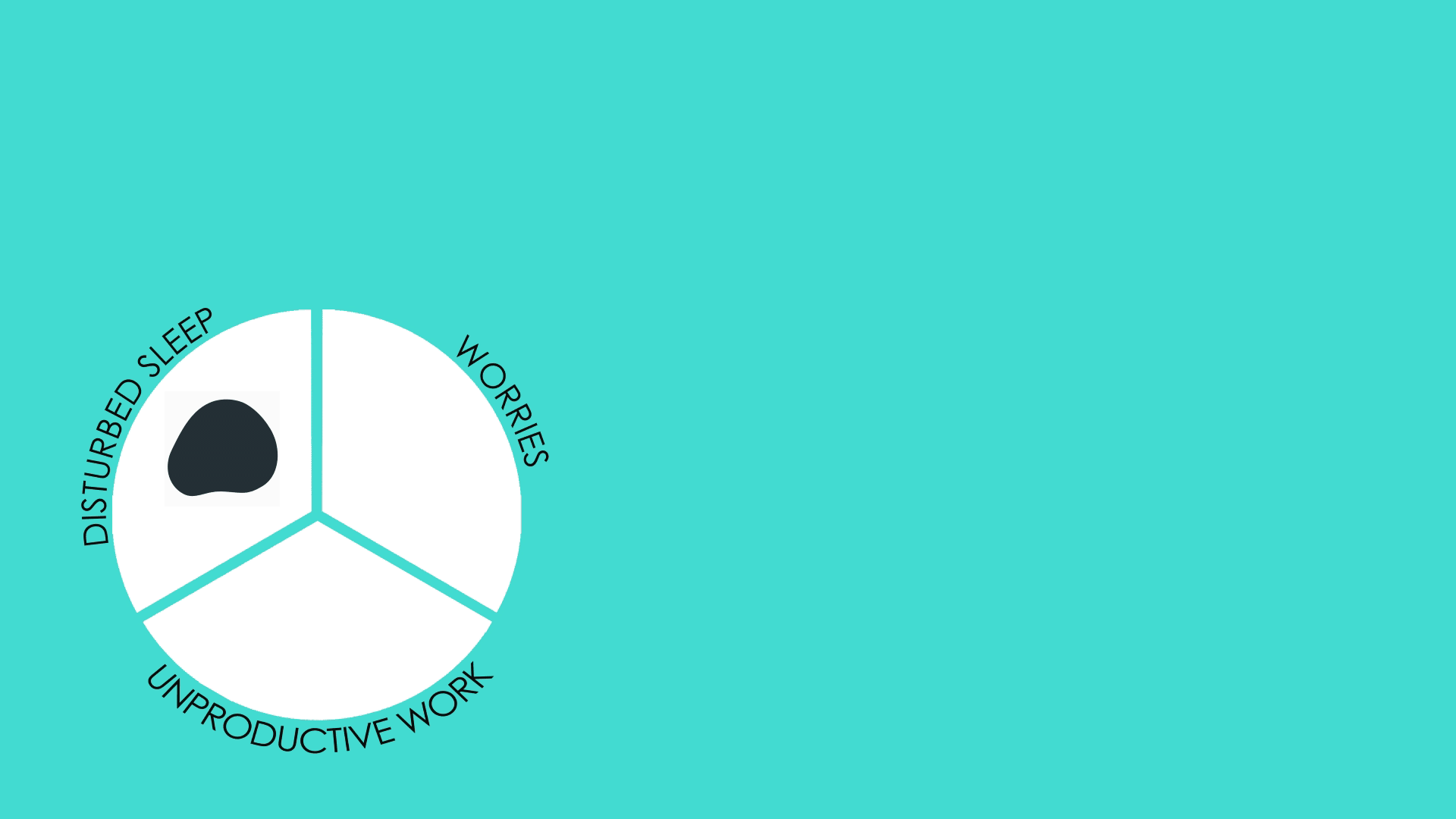
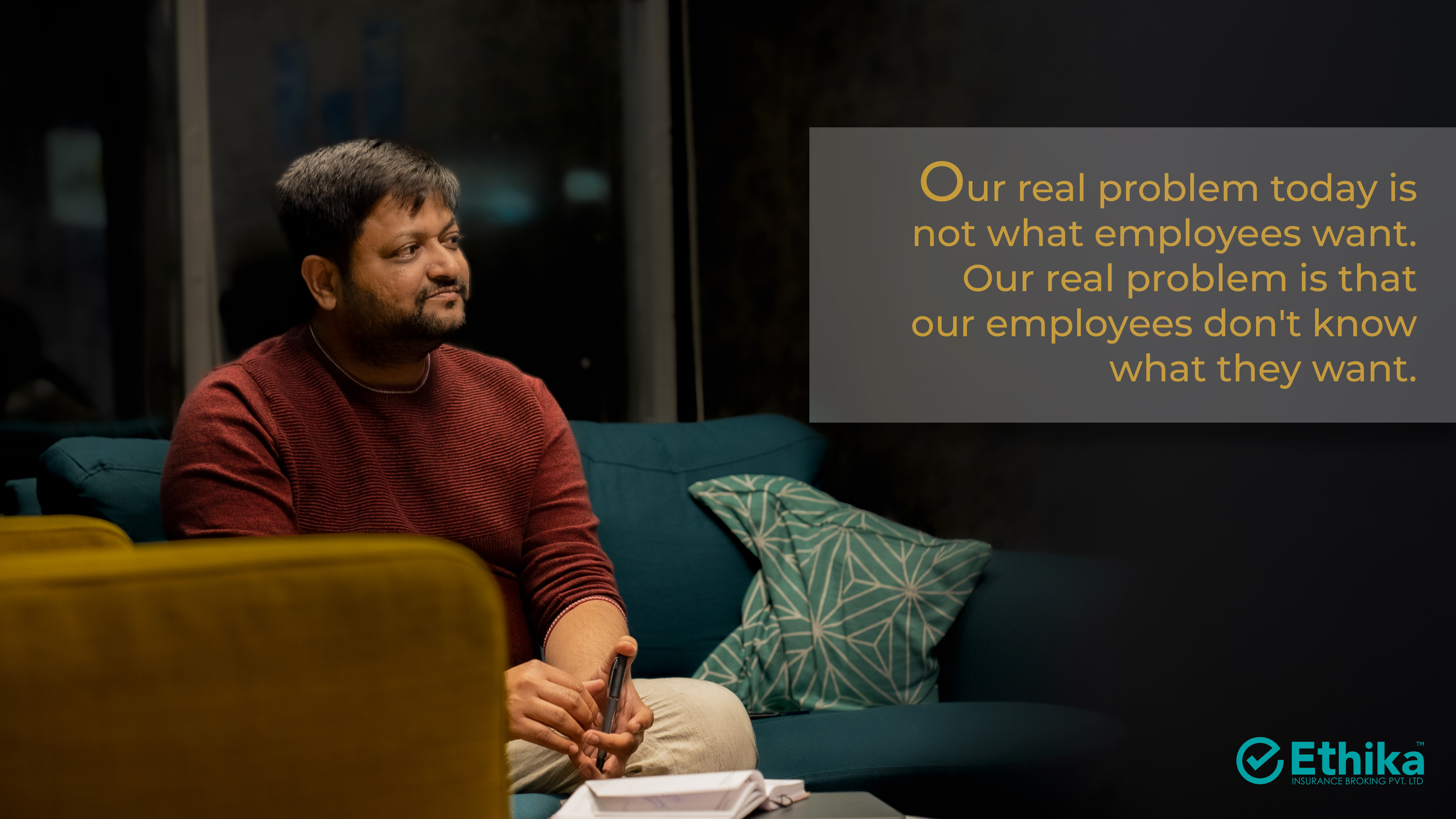
Imagine if they discovered "what they really want" in their first month and believed they could get "what they really want" by working hard in your organization.
Can you see a workplace where almost every employee of your company wakes up inspired to go to work, feels trusted and valued during the day, then returns home feeling fulfilled.
This is not a crazy idealized notion.
Today, in many successful organizations, great HR leaders create environments in which people work together naturally to do remarkable things.
You might have witnessed that some teams trust each other so deeply that they would literally put their lives on the line for each other.
Other teams, no matter what incentives are offered, are doomed to infighting, fragmentation and failure
To make your job easier, we have brought you an online workshop which is conducted every month by our Founder Susheel Agarwal.
When you launch your Employee Happiness Program with us, the first step is to make sure everyone goes through the online workshop on “ Happiness from Work”. The new Employees can participate in the same month of joining.
This will give them a different perspective of looking at work.
They can also choose to become part of our online community and qualify for “Workplace Happiness Ambassadors certification Program”
There is no fee associated with this workshop because we feel it is our social responsibility to spread happiness.
Our thoughts are directly affected by what we eat. Consequently,
it affects our decision-making ability and behavior at work.
A major cause of work disruptions is employee sickness.
A proactive approach should be taken to deal with the sickness of employees
We offer a Employee Wellness program which will start with
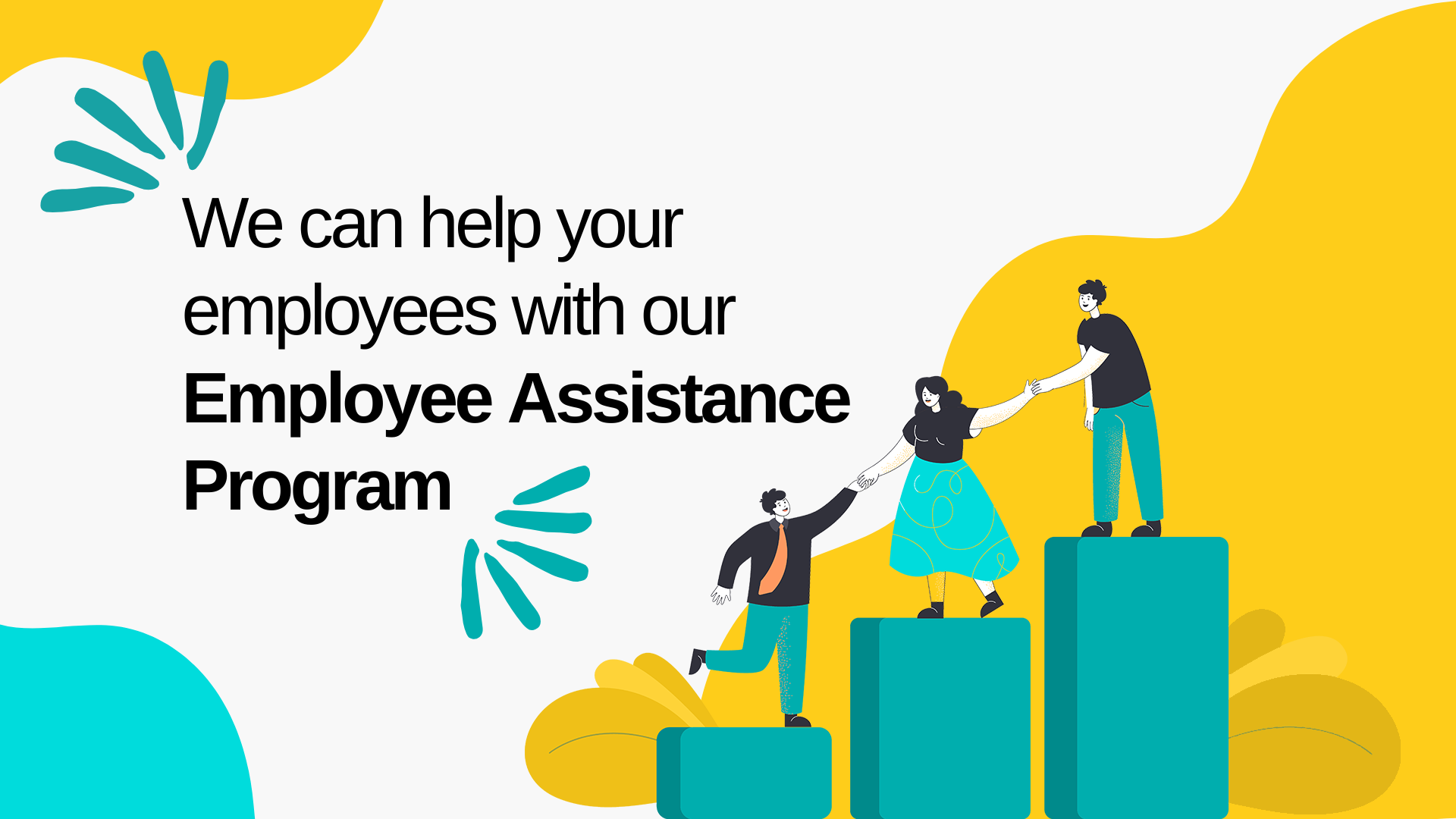
The goal of engagement is not to create fun or entertainment programs. The goal is to create
a community-like atmosphere at work. An atmosphere of caring, concern, gratitude, and personal growth.
An environment where everyone feels safe and gets positive vibes.
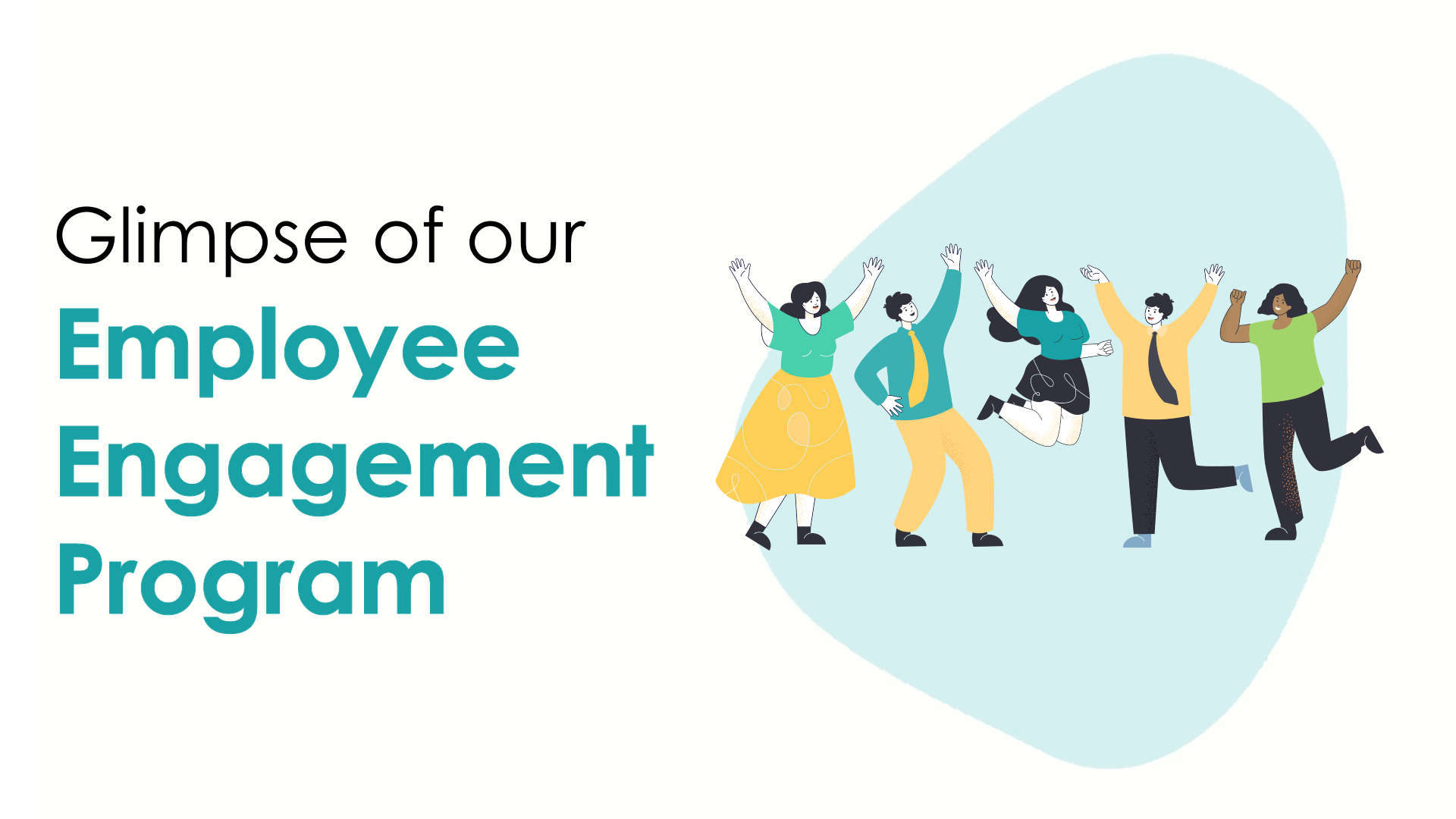
An employee makes an appointment for a health checkup through our Web portal. Blood and urine samples are collected from their home. Within 48 working hours, they receive a Diagnostic Report via email. Health check up will cover CBC, hba1c, total cholesterol, LD, HDL. Health checks can also be conducted at the office. Employees (or their families) are also eligible for dental and vision screenings. Through our portal, your employees can find the nearest center, download the coupon, and get the checkup done for free.
Each employee will receive an email containing a link to a 10-minute health risk assessment test. Employees fill out details about their lifestyle choices and health parameters from the diagnostic report. Employees' health risks are assessed, and a detailed report is provided with Health Scores.
Providing insight into organizational health through an organizational health report. Health parameters are analyzed in detail before drafting the report. By understanding employees' health and behavior, management can manage organizational health rigorously, increase productivity, reduce absenteeism, and grow business. An effective disease management program can be developed based on the findings of this report.
Designed to assist employees in tracking and managing their mental health using the Depression Anxiety Stress Scale (DASS). Our platform provides a convenient way for employees to regularly assess their mental well-being, helping them identify potential issues and take proactive steps toward self-care.
Tool designed to measure the well-being and satisfaction of employees in the workplace. It typically consists of a series of questions that employees are asked to answer based on their own perceptions and experiences.
Designed to provide practical tools and exercises that employees can use to better understand and cope with various challenges. Covers topics such as stress management, communication skills, emotional regulation, and goal setting.
Nowadays, stress, anxiety, and depression are a part of every employee's life. Various personal, professional, financial, or reasons are responsible for the struggle employees face now more than ever, and these challenges disrupt their productivity.
Solve Your Employees Problems and Prepare them to fight with unseen Challenges. Employees' happiness directly affects the clients' happiness & client retention rate. Provide your employee's solutions from experts that guide them properly to face their challenges, prepare them for future challenges, and effectively deal with them.
We are EAP providers who can assure you the best support for your employees through our employee counseling services.

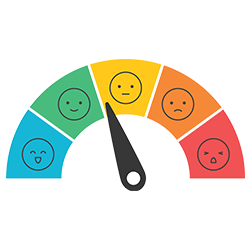 DASS Score
DASS Score Designed to assist employees in tracking and managing their mental health using the Depression Anxiety Stress Scale (DASS). Our platform provides a convenient way for employees to regularly assess their mental well-being, helping them identify potential issues and take proactive steps toward self-care.
 Happiness Questionnaire
Happiness QuestionnaireTool designed to measure the well-being and satisfaction of employees in the workplace. It typically consists of a series of questions that employees are asked to answer based on their own perceptions and experiences.
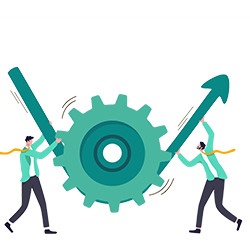 EAP Resources
EAP Resources
Designed to provide practical tools and exercises that employees can use to better understand and cope with various challenges. Covers topics such as stress management, communication skills, emotional regulation, and goal setting.
Nowadays, if you observe your employees, everyone suffers from any issue. Here are some signs (along with the reasons) you may notice in your employees which generate the need for this program, and you should implement it.

When an Employee is facing any personal issues, they put a request for 1-2-1 online counseling support on our web portal along with a brief description of the problem.
Alternatively any of the colleagues can also refer him to us if they think we could be of help to him.
We then fix up a1-2-1 counseling session through telephone or video call within 8 hours with a counselor who has expertise in solving the type of issue the employee mentioned.
Your Organization will get a report on how many employees used the EAP services and the feedback rating they gave us without knowing the name of the employee and nature of issue
Since it is kept with 100% confidentiality assurance, Employees can freely share their personal problems without worrying about being judged.
A follow up session can be fixed if the counselor feels the employee needs more sessions to cope up with the issue.
The counselor may also Provides referrals for additional services that may be needed
Low-cost option to cover Big Health Insurance Claims.
It is quite possible that your employees can manage ₹5,00,000 medical expenses on their own
even if you do not have a group health insurance plan.
But can they handle a 50 Lacs Medical Expense on their own?
In India, the middle class don't have the right to quality health care.
While the rich have Money,
Poor have Govt Schemes like ESI,
Middle class are left on their own to manage the ever increasing cost of Medical care.
One such event and it takes decades for them to return to their original lifestyle.
This is the time to show them how much you care for them.
After all, an Employer in need is an employer in deed
Remember the Medical expenses under Covid?
Claims of 25 lacs became very common.


How will you help ?
If you plan to opt for the last option, a single large claim will trigger an equal increase in your renewal premium next year.
So, in a way, the insurance company will pay now and recover from you as a renewal premium.
So what is the best option to secure your employees?
Cover your employees under a separate Group Super Top up policy today.

Let's suppose that your company is currently providing 5 lacs coverage through a group health insurance plan. You can now additionally take a Group Super Top Up plan covering 50 lacs with a 10 lacs Deductible
First 5 lacs will be paid by the Organization Group Health Policy
Next 5 lacs will be paid by the Corporate Floater in Group Health Policy ( or can be paid by Employees Personal Health policy if any)
Balance 40 lacs will be paid by Group Super Top up policy.
Your employee still has a cover of 10 lacs remaining, for any further incident.
A claim will not affect your regular Group Health Insurance premium.
You can cover a number of big incidents unlike a corporate floater, which is limited to only one big incident.
When an employee leaves, it can be converted to a retail individual policy

Premium payable without GST for is ₹ 0.00

Get your Group Super Top Up
Policy Customized
An EAP is a workplace wellness program designed to boost your employees' performance by proactively helping them resolve personal issues. This program offers confidential and short-term support that assists a variety of issues, including financial, legal, physical, and mental health.
An Employee Assistance Program can give your employees a way to cope with personal issues that can have a negative impact on their job performance, such as work-related stress or problems outside of the workplace. With an EAP, employees have access to licensed, trained counselors.
This is the major challenge faced by organizations in India. The employees hesitate to approach Counselors since approaching a psychologist is still seen as taboo in India.
We encourage your employees to use EAP by introducing the benefit of services through our Employee engagement program.
This pandemic has impacted nearly every workplace globally, in order to help employees mentally, managers can refer team mates for eap programs since it not only helps them show genuine care towards their workforce, it also helps them identify and stay engaged with employees that need support at the right time.
EAP programs can improve employee health both mentally and physically, but sadly, they are underutilized. There are many ways an Employee Assistance Program can be beneficial to both the employee and the employer. Here are a few suggestions to increase utilization:
The answer is yes! Using EAPs empowers employees to cope with stress of any type without having to worry about judgment or confidentiality. Counselors are on hand to assist employees in reaching out with questions or needing advice. Employees are encouraged to use EAP services voluntarily, However, if an employee has an issue that could endanger their lives, a supervisor may be notified.
In the event that a manager identifies a red flag and determines an employee requires assistance or guidance, the manager can guide him/her to seek counseling!
EAP can help solve the following:
Employee assistance program benefits don't cost you anything. All services are provided at no charge. Our team is available to help you when you need it.
Every employee and their immediate family members are eligible to use the EAP.
Our team includes industry-leading professionals who are certified and experienced.
An EAP is confidential, information is not given to the employer, so it doesn't affect your job.
HR can view utilization statistics of their company's EAP, provided by the US. This data can help HR demonstrate the value of the EAP.
Your employees can book an appointment through our portal, it is that simple!
Health screenings help detect diseases early and reduce the risk of developing them. Employees can avoid further risk & improve their health by finding out their internal health status Unhealthy behaviors—-Health Risk—--chronic health disease—--Health care cost (claims)
Yes! It is better to prevent an illness rather than have to treat one. Checkups are essential to this end. You can reduce your risk of chronic and life-threatening diseases by regularly evaluating your risk factors, screening for diseases, and evaluating your lifestyle habits.
We recommend biometric tests (Hba1c and total cholesterol) These are required to do a health risk assessment. Depending on the result of HRA, a drill-down test can be suggested.
Most organizations predetermine the parameters. We can, however, work with an HR representative and design a package based on the organization's budget.
That's easy! Use our online booking system.
Most definitely! The appointment can be rescheduled via the portal.
It is possible! Making payment online allows you to book it for your loved ones.
Our team will upload it to the portal once the reports are generated.
The reports are uploaded to the portal within 24-48 working hours of being generated. However, there are only a few tests that may take longer.
Certain types of cancer and cardiovascular diseases can be inherited. You may be at greater risk for these diseases if you have a close relative who has/had these diseases. Screenings may help you prevent these diseases.
Screening for various health conditions involves different tests. In addition to complete blood count, cholesterol, ECG, thyroid profile, liver profile and sugar, other tests are also performed. According to your age, gender, and family history and existing conditions, other tests may be recommended to you, like mammograms and CT scans.
Business expenses can be incurred due to employee absences and sick leave. Employers will not have to spend money or time looking for replacement staff or benefiting from sick leave. As a result, your organization will have a more positive culture, which will translate into fewer sick days among your workforce.
Make sure you have followed the recommendations provided to you as certain screenings may require you to fast 12 hours before the screening.
An individual's health status, risks, and habits are assessed through a health risk assessment, which often includes biometric testing. Alone, an HRA can do little to improve health or cut costs.
HRA typically includes the following:
Certain basic blood tests results
Questions related to lifestyle
Individualized feedback on improvement areas in the report
It takes less than 5 minutes to complete an HRA
An online doctor consultation and nutrition consultation is provided in response to their health test report and suggestions offered on how the Health Scores can be improved. Further, based on the doctor's consultation and severity of the health condition, you will be referred to specialists or sent for a drill-down diagnostic test.
Individuals become more aware of their habits and behaviors after taking the assessment. Consequently, they tend to adopt healthier habits. HRAs can provide employees with recommendations that encourage them to make positive lifestyle changes. Healthy diets and regular exercise ultimately boost productivity and decrease absenteeism, since people who eat healthy food and exercise regularly perform better at work and are less likely to miss work.
An organization's health is a reflection of its employees' health. It gives context to employees' behavior and provides ways to manage organizational health rigorously, promote a culture of wellbeing, increase productivity, reduce absenteeism, and grow business.
A nutritionist is an expert in the use of food and nutrition as means of promoting health and managing diseases. He/she advises on what to eat in order to maintain a healthy lifestyle or achieve a specific health goal. The majority of nutritionists work in hospitals, nursing homes, long-term care facilities, or medical offices.
As a key intervention to manage malnutrition in older adults, nutrition counseling has also proven effective in many chronic health conditions. Nutritional counseling has been regarded as the first line approach for the management of noncommunicable diseases and symptoms of different clinical conditions because dietary modification can have a major impact on biomarkers of these conditions.
Nutritional counseling has various benefits, including:
Healthier and better lifestyle and food choices
Increased concentration
A boost in energy
Better immunity
Enhanced sleep quality
Emotions are less extreme
Life expectancy could increase
Lower risk of disorders and disease
Here are few diseases that can be prevented by nutritional counseling:
Cardiovascular diseases
Metabolic disorders
Obesity
Osteoporosis
Certain cancers
The term teleconsultation, also referred to as remote consultation or telehealth, refers to electronic interactions between a doctor and a patient intended to provide diagnostic or therapeutic advice.
Using teleconsultations can assist in triaging patients and reducing unnecessary emergency department visits. The use of scheduled teleconsultations allows the evaluation, monitoring, and follow-up of outpatients who don't require face-to-face meetings. By using teleconsultations, a number of critical clinical services, both prior to, and during, any public health emergency, can be provided regularly and uninterrupted.
Yes, these consultations are free of charge for employees and their dependents
The goal of our employee engagement program is to boost employee productivity by addressing and helping them find the right solutions to manage their day-to-day challenges before they become unmanageable.
For example, if obesity is affecting the majority of your employee population, it may be a good idea to engage in a corporate weight loss program where employees can achieve goals together.
Our daily/weekly/monthly programs equip employees with
Please remember that this program doesn't cover every aspect of your employee's physical, emotional, and mental health. Some people already workout regularly and eat a nutritious diet that is good for their bodies. However, they want to start meditating to manage stress.
There is the possibility that others do not have anything figured out in the wellness arena and will welcome the chance to attend all of our sessions.
Others may not even have wellness on their radar and aren't interested in the program at all.
It is great that you want to help your team, but the most we can do is get their feedback, offer sessions based on that, and continue updating the program when it makes sense. Employees will opt in when it makes sense for them and they'll be grateful that your organization gave them that opportunity to choose wellness!
All of our sessions have been scientifically designed with current trends and corporate audiences in mind! There is no reference to any particular religion or spiritual tradition in the content.
Three things all of our facilitators have in common are
There is no limit on the minimum or maximum number that can attend these sessions. Quite honestly, the more participants, the greater the impact!
Our Daily Meditation program runs for 15 min each from 5pm - 5:15pm. Mon - Fri Our weekly wellness webinar runs for 1.5hrs each from 3:30pm - 5pm. Every Friday. Our monthly leadership workshop runs for 3hrs each from 10 am - 1pm. Last Saturday of every month.
Yes, the entire session is recorded and the link to the same is shared with the HR/employee on request.
Virtual sessions are great for employees who work from home. You can broadcast a virtual session live across any number of offices or timezones. You will receive a full recording of the session afterward, which you may share to employees who could not attend due to prior personal or professional commitments.
Employee Engagement programs can benefit employers by